Cost Efficiency
Cost efficiency remains a vital driver for the Lightweight Construction Material Market. Lightweight materials often reduce overall construction costs by minimizing labor and transportation expenses. Their ease of handling and installation can lead to shorter project timelines, which is particularly advantageous in competitive markets. Furthermore, the potential for lower energy costs during the lifecycle of buildings constructed with lightweight materials adds to their appeal. As construction budgets tighten, stakeholders are increasingly seeking cost-effective solutions, positioning lightweight materials as a favorable option. This trend is expected to bolster the Lightweight Construction Material Market, as more builders recognize the financial benefits associated with these materials.
Regulatory Support
Regulatory frameworks increasingly favor the use of lightweight construction materials, acting as a catalyst for the Lightweight Construction Material Market. Governments worldwide are implementing building codes and standards that promote energy efficiency and sustainability. These regulations often encourage the adoption of lightweight materials due to their superior insulation properties and lower energy consumption during construction. For instance, energy-efficient building codes can lead to a 30% reduction in energy use, which is appealing to developers. Consequently, the Lightweight Construction Material Market is likely to experience growth as compliance with these regulations becomes essential for construction projects.
Urbanization Trends
Rapid urbanization is a significant driver for the Lightweight Construction Material Market. As populations migrate to urban areas, the demand for housing and infrastructure escalates. Lightweight materials offer advantages such as reduced transportation costs and faster construction times, making them ideal for urban projects. According to recent estimates, urban areas are expected to house 68% of the world's population by 2050, creating an urgent need for efficient construction solutions. This trend is likely to propel the Lightweight Construction Material Market as builders seek to meet the growing demand for residential and commercial spaces in densely populated regions.
Technological Innovations
Technological advancements play a crucial role in shaping the Lightweight Construction Material Market. Innovations in material science, such as the development of advanced composites and high-performance polymers, are enhancing the properties of lightweight materials. These innovations lead to improved strength-to-weight ratios, durability, and thermal efficiency, making lightweight materials more appealing for various construction applications. The integration of smart technologies, such as sensors and IoT, into construction materials is also gaining traction, potentially revolutionizing the industry. As a result, the Lightweight Construction Material Market is expected to witness a surge in demand driven by these technological enhancements, which could lead to a market valuation of approximately USD 300 billion by 2026.
Sustainability Initiatives
The increasing emphasis on sustainability is a pivotal driver for the Lightweight Construction Material Market. As environmental concerns gain traction, construction companies are increasingly adopting materials that minimize ecological footprints. Lightweight materials, often made from recycled or eco-friendly components, align with these sustainability goals. For instance, the market for sustainable building materials is projected to reach USD 650 billion by 2027, indicating a robust demand for lightweight options. This shift not only addresses regulatory pressures but also appeals to environmentally conscious consumers, thereby enhancing market growth. The Lightweight Construction Material Market is likely to benefit from this trend as more stakeholders prioritize sustainable practices in their projects.


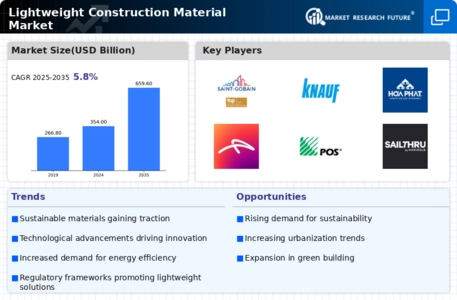
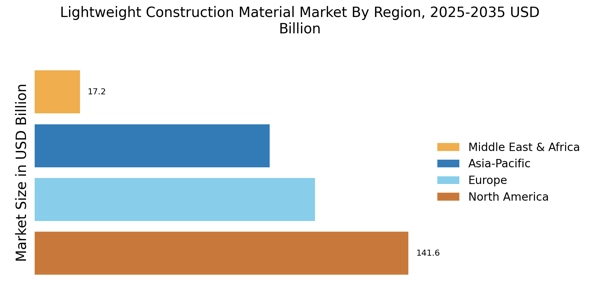
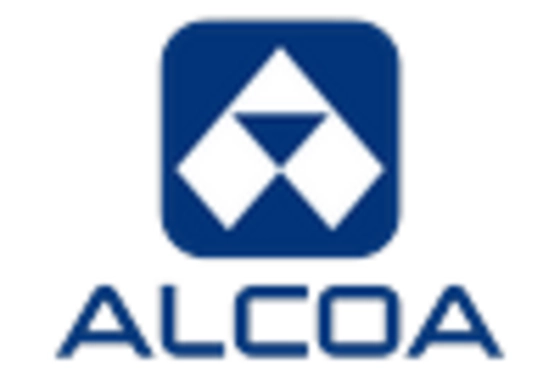

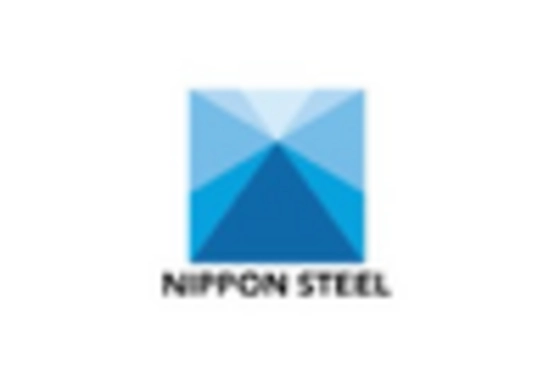
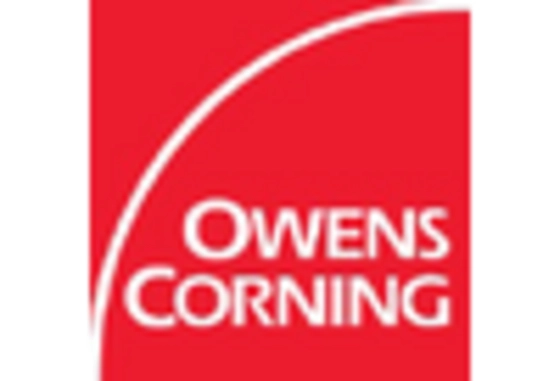

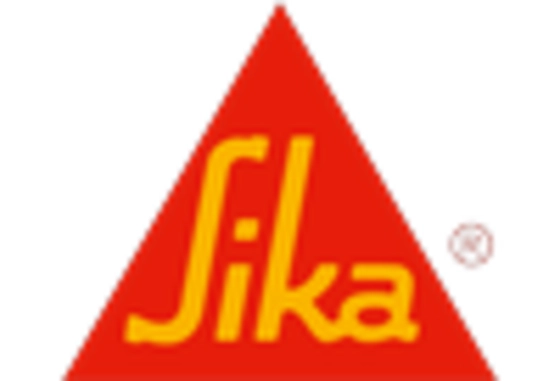








Leave a Comment